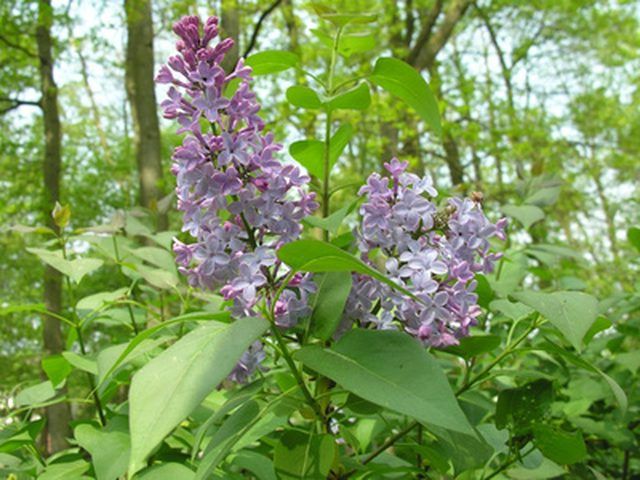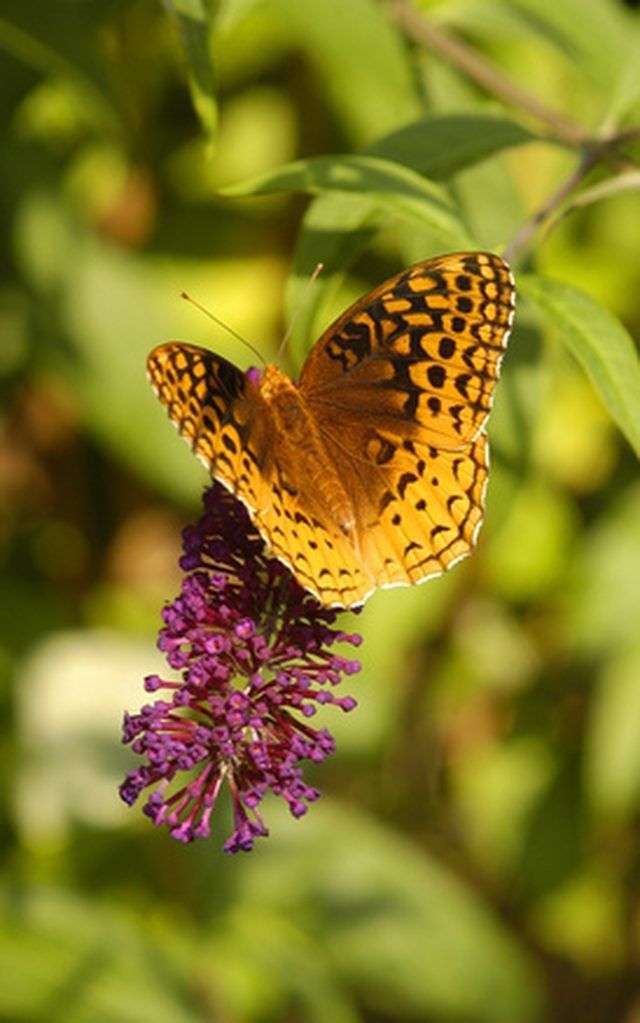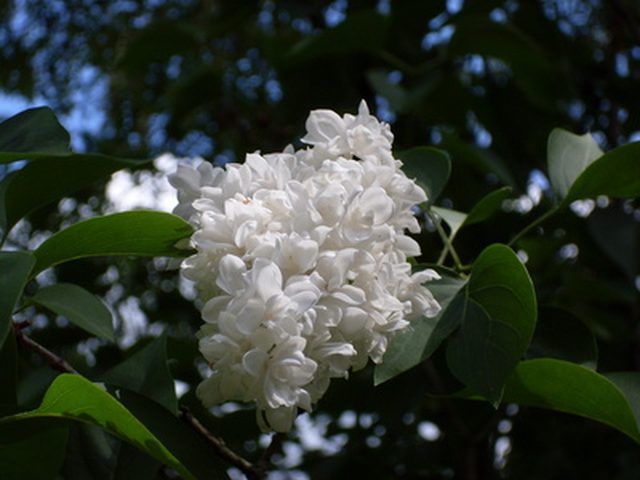Bulbs
Flower Basics
Flower Beds & Specialty Gardens
Flower Garden
Garden Furniture
Garden Gnomes
Garden Seeds
Garden Sheds
Garden Statues
Garden Tools & Supplies
Gardening Basics
Green & Organic
Groundcovers & Vines
Growing Annuals
Growing Basil
Growing Beans
Growing Berries
Growing Blueberries
Growing Cactus
Growing Corn
Growing Cotton
Growing Edibles
Growing Flowers
Growing Garlic
Growing Grapes
Growing Grass
Growing Herbs
Growing Jasmine
Growing Mint
Growing Mushrooms
Orchids
Growing Peanuts
Growing Perennials
Growing Plants
Growing Rosemary
Growing Roses
Growing Strawberries
Growing Sunflowers
Growing Thyme
Growing Tomatoes
Growing Tulips
Growing Vegetables
Herb Basics
Herb Garden
Indoor Growing
Landscaping Basics
Landscaping Patios
Landscaping Plants
Landscaping Shrubs
Landscaping Trees
Landscaping Walks & Pathways
Lawn Basics
Lawn Maintenance
Lawn Mowers
Lawn Ornaments
Lawn Planting
Lawn Tools
Outdoor Growing
Overall Landscape Planning
Pests, Weeds & Problems
Plant Basics
Rock Garden
Rose Garden
Shrubs
Soil
Specialty Gardens
Trees
Vegetable Garden
Yard Maintenance
How to Feed Lilac Bushes
How to Feed Lilac Bushes. According to The Gardener's Network, lilacs are best planted on hillsides or in slightly elevated areas where the water drains well and does not puddle around the shrubs. Feeding lilac bushes involves less than 30 minutes of your time twice a year. With over 1,000 varieties to choose from, there is a type and color for...

According to The Gardener's Network, lilacs are best planted on hillsides or in slightly elevated areas where the water drains well and does not puddle around the shrubs. Feeding lilac bushes involves less than 30 minutes of your time twice a year. With over 1,000 varieties to choose from, there is a type and color for every preference. These hardy shrubs will tolerate any soil from clay to sand. Too much mulch will hamper new shoots that will become sturdy branches as the shrub grows, providing more opportunities for fragrant blooms.
Things You'll Need
10-13-10 fertilizer
Water gauge
20- to 24-oz. scoop
Compost
Humus
Shovel
Wheelbarrow
Garden hose
Mix 20 to 24 oz. of 10-13-10 common garden fertilizer with 2 lbs. of compost and 2 lbs. of humus. Spread the mixture around the base of the bush and water thoroughly. Spread a light layer of mulch, about 2 inches, to prevent weeds and loss of moisture.

Fertilize new additions of lilac bushes the day you plant them by digging a hole twice the size of the root ball. Mix one scoop of fertilizer, 1 lb. compost and 1 lb. of humus. Add the mixture to the hole and water thoroughly.

Place the lilac bush in the center of the hole and cover with soil. Pack the soil loosely around the bush and add 2 inches of mulch. Dig a shallow trench, if necessary, to drain excess rain water.

Feed your lilac bush at the beginning of every spring season and again after the blossoms have ceased and dried. Prune the branches back to the first set of leaves after the second feeding to promote more blossoms the following spring.
Tips & Warnings
According to The Arnold Arboretum, lilacs grown in partial shade will not flower well.
Lilacs should receive an inch of water every week, whether from rain or from you.
For specific advice on pest identification, control methods, and altering the soil's pH, call the Plant Information Hotline: 617-384-5235.
The second number on the bag of fertilizer is the number for phosphorus, which should be the highest number on the bag. Phosphorus promotes blooms.
Too much nitrogen in the soil will yield few blooms according to The Gardener's Network.